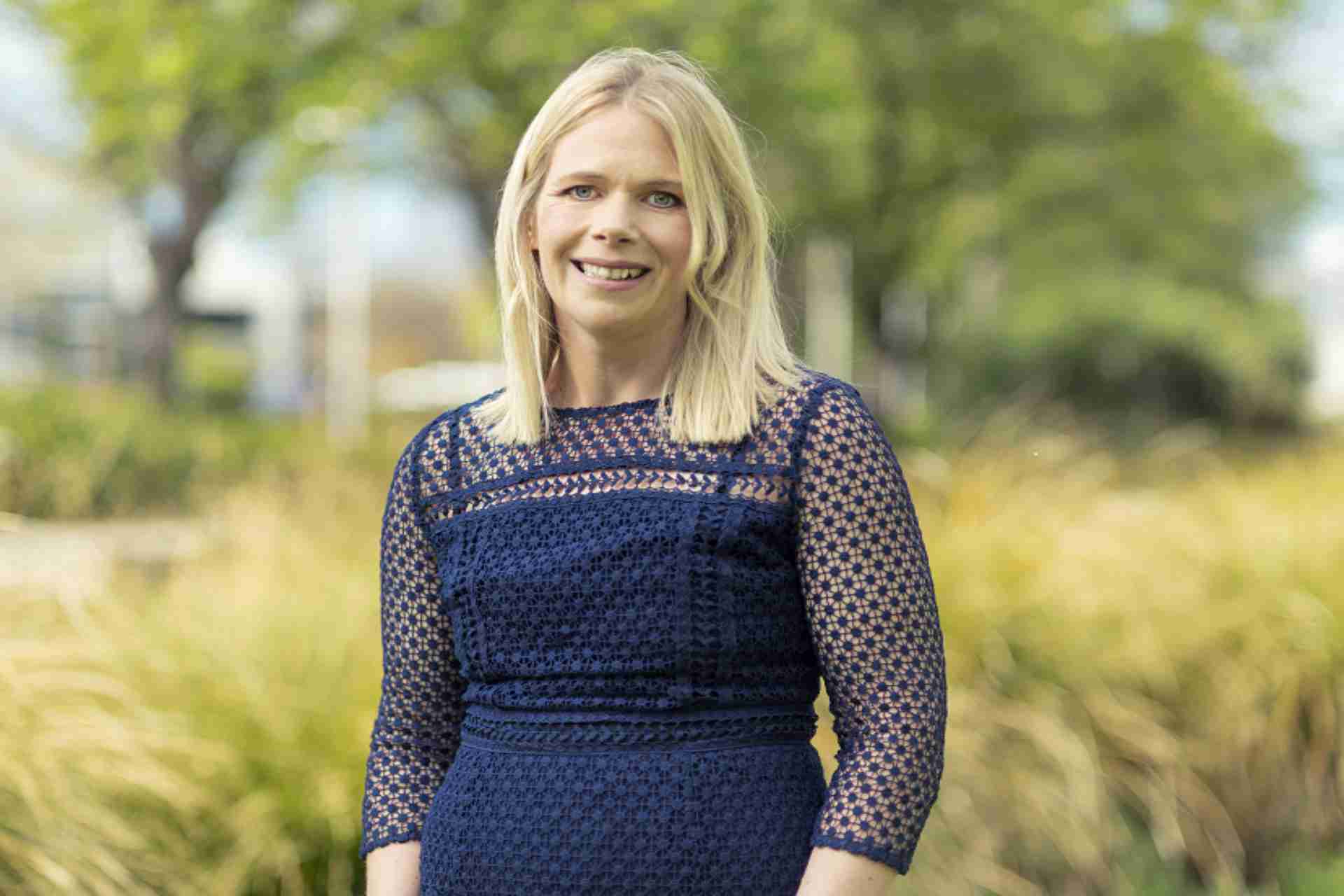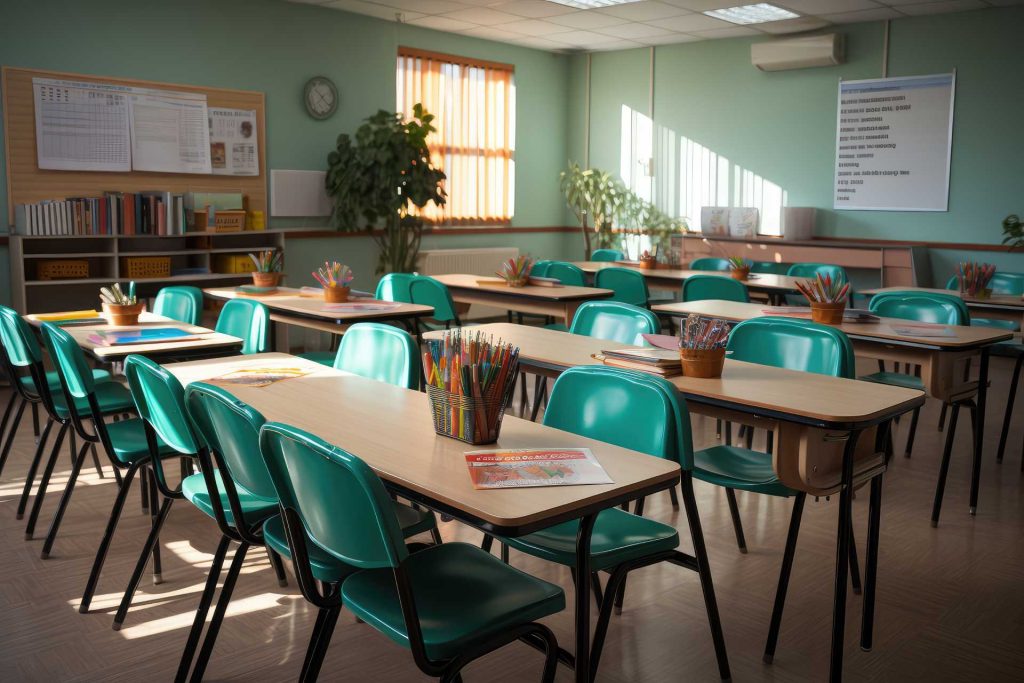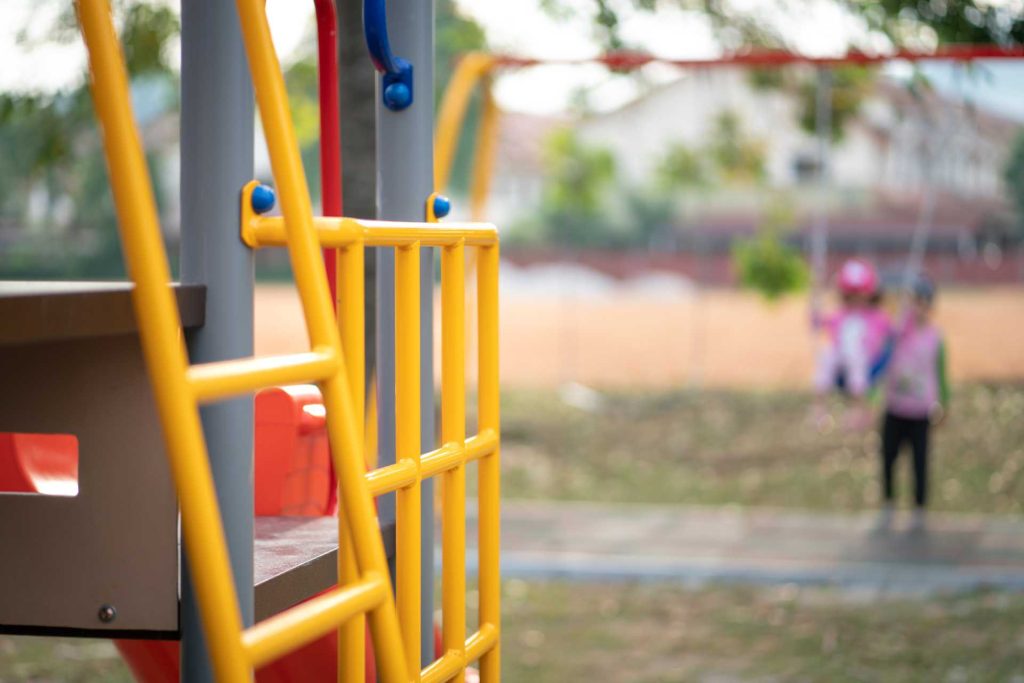The Link Between Oral Language and Literacy
Speech and language skills are at the core of how children learn, connect, and succeed in the classroom. But when these foundational abilities are delayed or disrupted, the impacts can have a ripple effect into other areas, especially reading and writing.
Professor Brigid McNeill from the University of Canterbury, who specialises in children’s oral language, reading and spelling development, says that children with speech sound difficulties, especially those that continue into school years, are more likely than other children to experience trouble with literacy acquisition, which she says is mainly for two reasons.
Firstly, if the student’s type of speech sound difficulty is phonological, then the difficulty with phonology will impact not only speech production but also processing. “Children who have more difficulty with phonological awareness, for example, identifying sounds in words, will have more difficulty in learning to read.”
Secondly, Brigid says that many children with speech sound difficulty also have trouble in other aspects of oral language, like vocabulary knowledge, which also acts as a forecast for literacy development. “It’s just that, on average, children with speech sound difficulties are more likely to experience literacy difficulty, particularly if their speech errors are more complex and/or they also have difficulty with other aspects of language.”
Recognising the Signs Early
In order to recognise signs of speech struggles in young children, teachers and educators should identify how easy or difficult it is to understand a child’s speech and communication, “particularly for adults and children who are relatively new to the child, as adults can become ‘used’ to the child’s speech over time.”
Last year, the Education Review Office released a research report which found that 80 percent of children at age five are developing well, but 20 percent are struggling with oral language, which has been largely linked back to the COVID-19 pandemic.
One recent study that 61.5% of children in high-deprivation areas entered school with low oral language, which could impact their abilities to access early literacy education effectively.
Effective Assessment and Support
Studies have shown that oral language sampling is a great method for getting an insight into children’s oral language development. By creating a more naturalistic setting, such as asking them to retell a story or share an experience, sampling from contexts like this is a good approach in an overall language assessment, especially for children who may be struggling with their oral language or literacy development.
Brigid says that early signs of literacy struggles should be picked up through assessment and monitoring in the first year of school. “For children who are using significant speech errors, it is important for teachers to provide an assessment that does not rely on verbal output so that the speech difficulty can be disentangled from the child’s literacy knowledge – this is important information for the next steps of learning.”
The Emotional Impact of Learning Difficulties
Not only do speech and language challenges impact children’s literacy acquisition, but also their self-esteem, as “if other children or the teacher find it hard to understand the child, then that may have a negative impact on the child’s ability to make friends, confidence to participate in the classroom, and so on.
“So much of children’s confidence in the early school years is driven by how they feel about themselves as a learner, so that they feel confident in their own identity, and so on.
“Difficulty articulating speech sounds that are normally acquired by school age, children can become frustrated or withdraw from communication.”
Practical Strategies for the Classroom
Even if schools have limited access to speech and language support, there is still plenty that can be done. Simple strategies like speaking slowly and clearly, allowing processing time, and minimising unnecessary language in the classroom can be very effective.
Brigid recommends using visual aids to support understanding, ensuring you are facing the class when talking, and modelling language and correct articulation of speech sounds in phonetics lessons.
She also suggests implementing a structured literacy approach with a systematic focus on both phonics, decoding, and oral language, “This means the approach will include a detailed assessment and monitoring of oral language alongside other skills.”
Structured Literacy and the Better Start Literacy Approach
Listening comprehension, vocabulary development, story retelling, story grammar, and other code-related skills should be included. “Ensuring this best practice will mean that a smaller proportion of learners will need speech-language support, and it will be easier to resource. This will ensure that the class-wide approach is best suited for all learners, including children with speech and language difficulties.”
It also means that teachers and educators will have assessment data to know when a referral should be made to a speech language therapist, and that assessment can be shared. “Having systems where
schools and the SLT are able to talk the same language in terms of assessment and classroom approach is ideal.”
The Better Start Literacy Approach (BSLA), co-developed by Brigid, is a structured literacy programme designed for the New Zealand education context. It provides assessment and teaching across oral language, code, and reading comprehension from years zero to eight.
BSLA includes over 900 lesson plans, adapted for children with complex communication and learning needs, and has been successful in accelerating oral language, reading, and writing skills.
Why Early Support Matters
Speech sound difficulties and delays in oral language development impact more than just reading and writing, they affect social confidence, classroom participation, and wellbeing. That’s why early recognition, specific support, and inclusive classroom practices are so important.
Teachers, educators and schools play such a key role in this process, and with the right tools and guidance, such as structured literacy approaches, visual aids, clear communication strategies, and regular monitoring, can make a big difference in a child’s learning. Brigid’s work shows that it is possible to create systems that are both evidence-based and adaptable for New Zealand classrooms.
By including oral language and phonological awareness into everyday teaching, as well as relationships between schools and speech-language therapists when required, we can make sure that no child is left on the back foot just because they struggle to be understood. Investing in these practices can lead to long-term gains, not only in oral and literacy rates but in student confidence, engagement, and achievement.
Brigit emphasises that speech and language are “THE foundation for literacy and social development. There is also a strong relationship between oral language and self-regulation skills. We need to get this right!”





